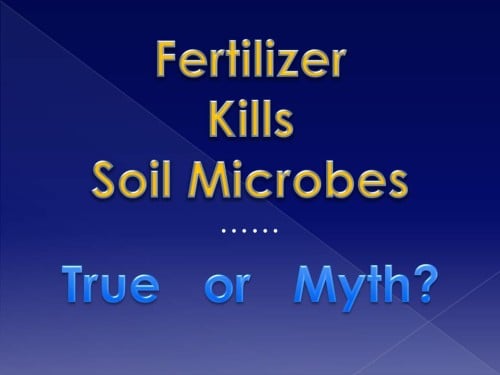Re-posting in the right thread (Hopefully)
I've been growing in coco/perlite mix with drain-to-waste watering from 35 gal res currently using advanced nutrients sensi coco A&B (Until I finally finish what i have, bag of Mega crop to replace the bottles) under quantum boards.
I am finding myself moving away from synthetic nutrients. I wanted to get my coco amped up, so I've decided to add a weekly tea to my regiment. I think I may have things a little conflated when it comes to beneficial bacteria and fungi.
I don't have access to compost currently, so I have got my hands on a few things to hopefully brew up something beneficial.
I have a 5 gal bucket with air stone, my recipe will be as follows with a 24 hour bubble before feeding:
1 T alfalfa meal
1 1/2 cup worm castings
1.5 T of humic/fulvic/kelp blend
1 T of molasses powder
I also have some stage 2 pondzyme H&G multi zen and a mycorrhizae/trichoderma blend. From what I gather, i think I will add 1 tsp of the myco/tricho blend to my tea right before applying, not sure if I should include any of the zyme or zen.
Would love some insight from fellow growers! Do I have this shit all wrong?
Do you pH your tea at any point in the process?
I've been growing in coco/perlite mix with drain-to-waste watering from 35 gal res currently using advanced nutrients sensi coco A&B (Until I finally finish what i have, bag of Mega crop to replace the bottles) under quantum boards.
I am finding myself moving away from synthetic nutrients. I wanted to get my coco amped up, so I've decided to add a weekly tea to my regiment. I think I may have things a little conflated when it comes to beneficial bacteria and fungi.
I don't have access to compost currently, so I have got my hands on a few things to hopefully brew up something beneficial.
I have a 5 gal bucket with air stone, my recipe will be as follows with a 24 hour bubble before feeding:
1 T alfalfa meal
1 1/2 cup worm castings
1.5 T of humic/fulvic/kelp blend
1 T of molasses powder
I also have some stage 2 pondzyme H&G multi zen and a mycorrhizae/trichoderma blend. From what I gather, i think I will add 1 tsp of the myco/tricho blend to my tea right before applying, not sure if I should include any of the zyme or zen.
Would love some insight from fellow growers! Do I have this shit all wrong?
Do you pH your tea at any point in the process?





